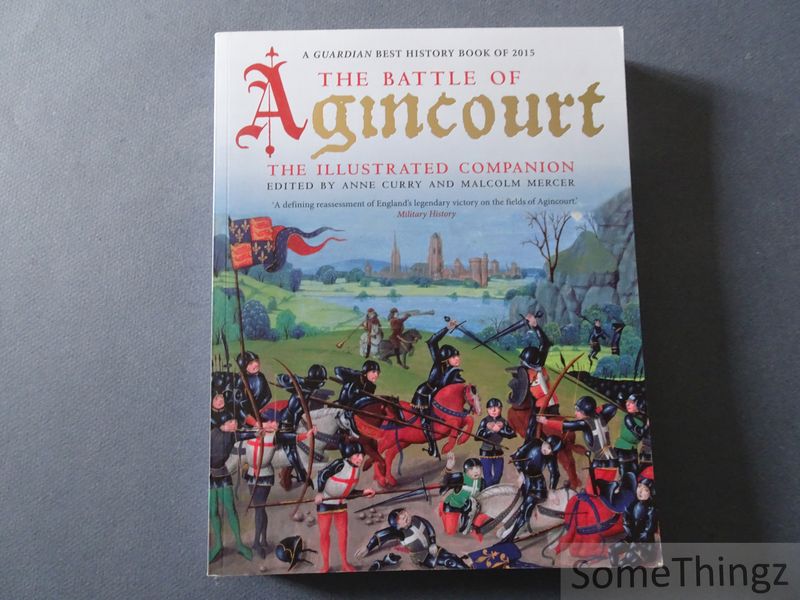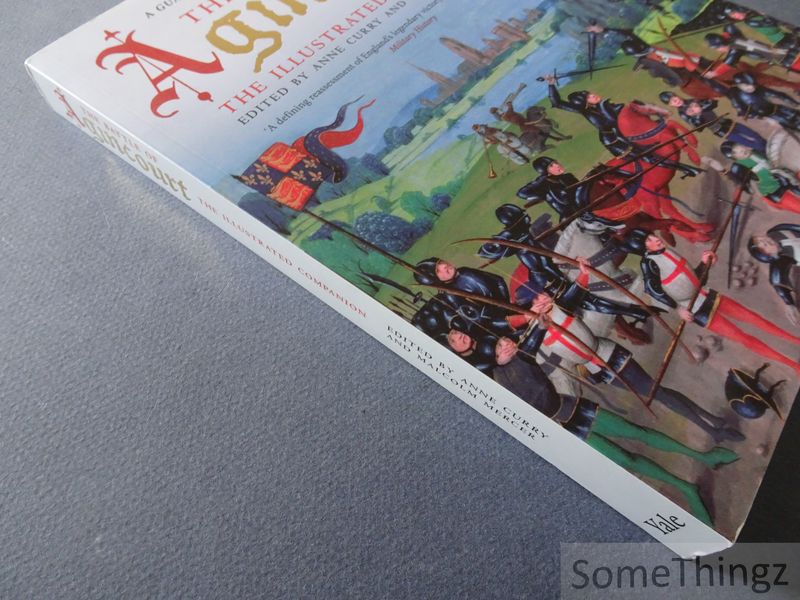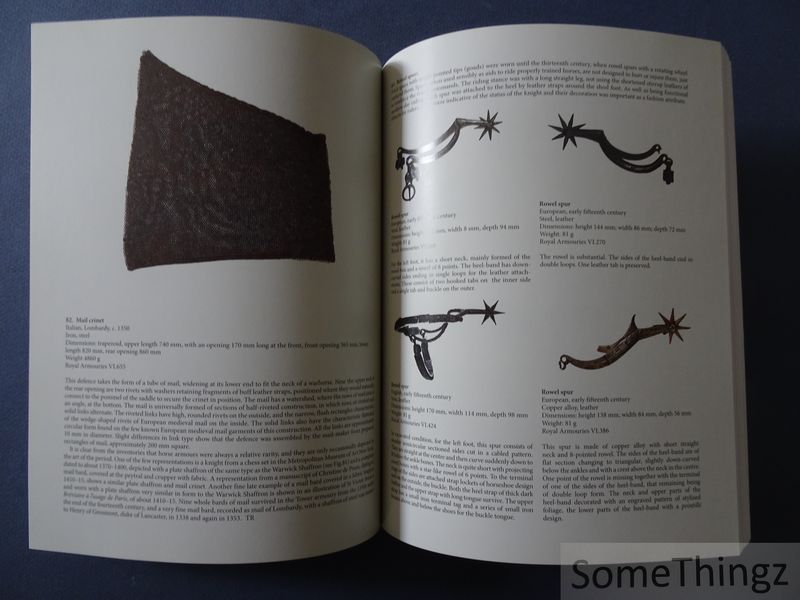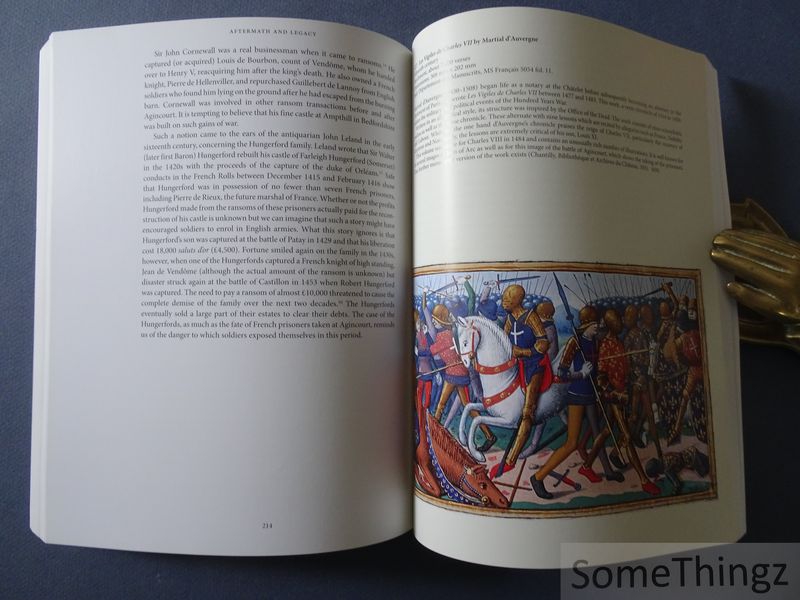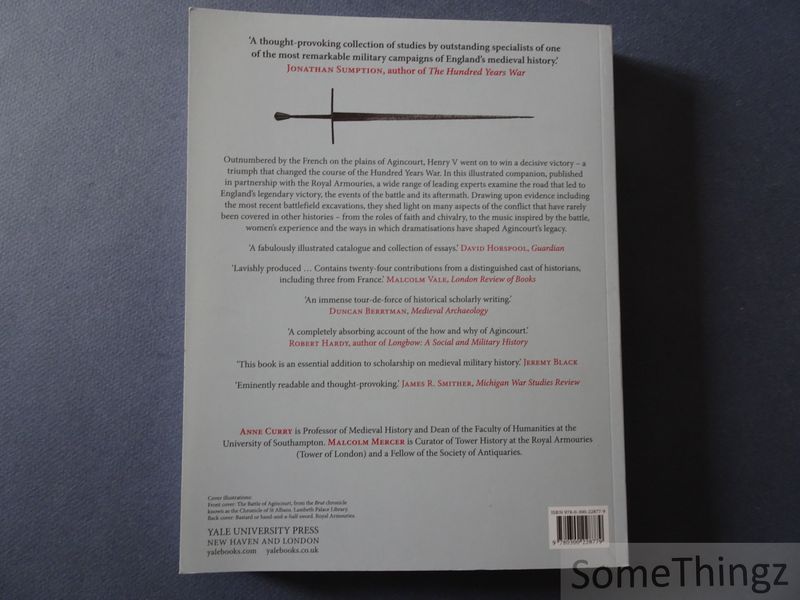BOOKS
Anne Curry, Malcolm Mercer (edit.)
The Battle of Agincourt. The illustrated companion.
New Haven and London, Yale University Press / Royal Armouries, 2015.
Sold
Softcover, 328pp., 20x25cm., richly illustr. in col., in very good condition. ISBN: 9780300228779.
Published in partnership with the Royal Armouries, this comprehensive, sumptuously illustrated volume provides a defining reassessment of England's legendary victory on the fields of Agincourt on October 25, 1415. Dramatized by William Shakespeare in Henry V, the Battle of Agincourt changed the course of the Hundred Years War and Britain's relationship with her longtime enemy, France. In a remarkable work commemorating the 600th anniversary of arguably the most iconic military engagement of the medieval era, a wide range of experts examine the battle in its political, cultural, and geographical contexts, detailing strategies, tactics, armor, weapons, and fighting techniques while exploring the battlefield experiences of commanders and ordinary soldiers alike. In addition, this all?encompassing study offers deep analyses of many artifacts and aspects of the battle and its aftermath that have rarely been covered in other histories, including medicine and hygiene, the roles of faith and chivalry, the music of the times, and the experiences of women. This volume, edited by Anne Curry and Malcolm Mercer, brings together leading historians and specialists to reassess the Battle of Agincourt in its full complexity. Commemorating the 600th anniversary of the 1415 engagement, the book explores the political background of the Hundred Years War, the social and cultural context of early fifteenth-century England and France, and the precise battlefield geography. Contributors analyse the strategies and tactics employed by both armies, supported by detailed studies of weaponry, armour and soldierly skills. The narrative extends beyond the battlefield to consider medical practices, hygiene, faith and chivalric ideals, as well as music and ritual. Crucially, attention is paid to non-combatants and women's roles, often neglected in military histories. Richly illustrated with colour and black?and?white figures, maps and artefactual evidence, the book situates Agincourt both as a military turning point and as a cultural milestone in medieval and Renaissance memory.

